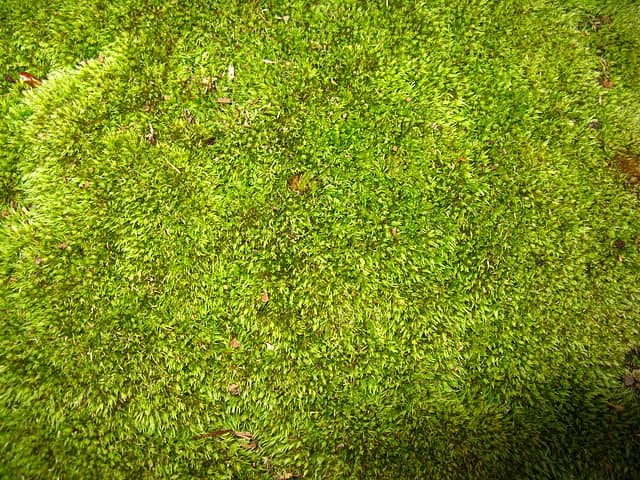
Question from Mary in Mary, L’Orignal, Ont.
How do you get rid of moss? I have tried everything I can think of and nothing seems to work. I had several large spruce trees removed to provide more light and I just got more and thicker moss. There is a large cedar hedge around the yard, but lots of sun. The earth is heavy clay and acidic. I have used a heavy rake to almost denude the area, taking out many construction-size bags of moss and it just increases. None of the commercial sprays work, either. It has even destroyed newly laid turf.
Beckie’s reply:
This is a conundrum. We’ve not encountered moss that is as persistent as you describe.
Moss thrives in conditions with acidic, compacted soil, which sounds like the conditions you have. Here are two suggestions:
- Have your soil tested to see if there are any nutrient deficiencies (omafra.gov.on.ca/english/crops/resource/soillabs.htm lists soil testing laboratories in Ontario) that might be inhibiting your turf and encouraging the moss.
- Loosen the soil so it’s not compacted and incorporate plenty of organic matter, such as compost, good topsoil and/or leaf mould — not peat moss, because it’s acidic.
You may also want to consult an experienced lawn care service in your area to see what might be suggested.
Do you have information to share?
If you have something to suggest, please do so in the comments section below. We know gardeners always have lots of information to share.
[post_comments]

I have the opposite problem. I would prefer moss to grass. I live in the country beside a lake , I’ve been trying to transplant moss to my lawn, but the grass persists in growing back ! Any sugestions?
Many Thanks
Ann
I have the same problem in my back yard in Burlington, Ontario. The conditions sound very similar to yours, i.e. a cedar hedge around the perimeter. I tried some of the so-called ‘moss out’ products sold at Home Depot and Canadian Tire but the impact was minimal. They are iron oxide based.
Moss is considered beautiful by many people in the gardening world. I always recommend not trying too hard to contradict what Mother Nature wants to do with a patch of earth. Maybe make the “worst” part into a moss garden. Add some interesting rocks or statuary, e.g. Japanese lantern and think Zen
Hi Mary, after raking/dethatching and typically aerating as well, I have had excellent success treating client lawns with
1. actively aerated compost tea [AACT] which infuses your soil with billions of beneficial organisms that aerate. Harvard University has a good recipe [https://www.campusservices.harvard.edu/system/files/documents/960/Organic%20Tea%20Recipes.pdf] Be sure to keep the AACT aerated!!! Rule of thumb… if it smells nasty, it is nasty.
2. after applying the AACT, dilute 2 tablespoons of non-sulfured molasseses in 5 gallons of water [air temperature] if using tap water be sure to off gas it first. This should cover a good 500 sq ft of lawn. Feel free to dilute with as much water as necessary to make application easier.
3. in a day or two, top dress with a nice composted turf topdress [be sure to rake it out so whatever grass is present pokes out and can still photosynthesize.
4. give this a few days to a week to start doing its thing
5. overseed
6. reapply AACT and molasses drench every month for the first year
7. topdress every year
8. overseed twice per year
9. AACT 4 times per year
NOTE: always soak your lawn before applying AACT or any amendment and never apply in the high heat of the day.
NOTE: never allow your soil to completely dry in the summer. All those lovely beneficial organisms that aearate your soil and make nutrients available to your grass will die without water [as almost all life forms will].
OTHER: When it comes to soil profile, grass[es] are considered pioneer plants and as such they prefer a bacterially dominated soil which is why you are adding molasses; it’s bacteria food. Spruce trees are much further down the successional line thus they prefer a more fungal soil, which your acidic soil is an excellent host for.
All the best
Tracey Loslo
i-DIG gardening
http://www.i-DIG.ca